Teach you how to choose the right PV DC switch
In recent years, the quality of photovoltaic power plants has experienced frequent outbreaks. Apart from core components such as photovoltaic modules and inverters, photovoltaic DC switches also play a crucial role in the smooth operation of photovoltaic power plants. The reliability and stability of photovoltaic DC switches are not only related to the safe and reliable operation of photovoltaic power distribution systems, but also to the stable power generation and benefits of the photovoltaic industry. Therefore, good distribution products are particularly important.
In 2014, the recall of the photovoltaic DC switch in Australia enabled power plant investors to see the importance of photovoltaic DC switches. In our country, the phenomenon that the power station catches fire due to the quality of the switch also occurs from time to time.
The main problems with these DC switches are:
Contact high impedance causes overheating, even fire; switch can not be normally shut off, switch handle is kept in 'OFF' state; not completely cut off, causing spark; due to the allowable operating current is too small, easily lead to overheating, so that the switch interrupter damage or even Deformation of shape.
There are also many so-called DC circuit breakers on the market that are not true DC breakers, but are modified by AC breakers. Photovoltaic systems generally have relatively high voltages and currents. In the event of a ground fault, high short-circuit currents draw the contacts together, resulting in extremely high short-circuit currents, up to a kiloherder (depending on the product). In particular, in the photovoltaic system, common multi-panel parallel input or multi-panel independent input, so it is necessary to cut off the multi-panel DC parallel input or multi-panel DC independent input, these occasions DC switch arc extinguishing ability The requirements will be even higher. These modified DC circuit breakers are used in photovoltaic systems with great risks.
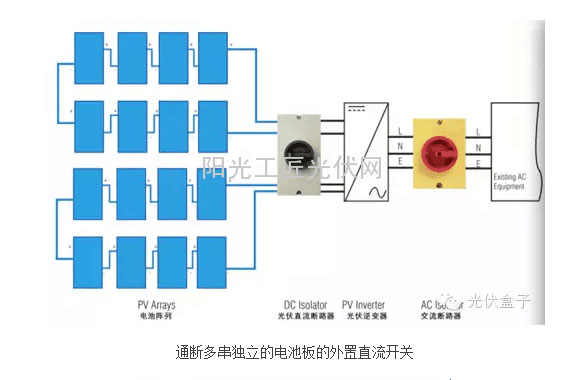
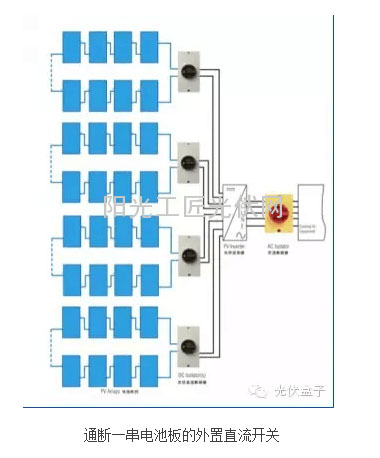
Most AC circuit breakers use a number of materials suitable for AC circuit design and manufacturing, which means that regardless of whether the load voltage is 230 volts (AC) or 400 volts (AC), it is a 50/60 Hz sine wave. When switching on and off the AC, it must be noted that the characteristic of the voltage is that it must pass 0 volts. Therefore, although different load conditions are different, the current will gradually disappear on its own - this means that even if the circuit breaker is on the peak of the power supply , and the formation of arcs between the contacts, the power supply voltage is reduced to 0 volts process also means that the load voltage will also tend to zero, the arc is extinguished. However, the DC load voltage is always kept constant and the power between the contacts is always constant unless the load becomes zero. If the load is 500 volts (dc), 25 amps, then it is now, one second later, one minute later, and after one hour 500 volts, 25 amps - constant. Unlike AC, all DC loads have a constant load across the DC switch contacts throughout the shutdown period; DC power does not cross the 0 volt level unless there is a system power failure (or other error).
First, several criteria for the correct choice of DC switch
How to choose the right DC switch for the photovoltaic system? The following criteria can be used as reference:
1. Try to choose big brands, especially those that have passed international certification
Photovoltaic DC circuit breakers are mainly certified in Europe IEC60947-3 (European general standard, most countries in Asia Pacific), UL508 (United States General Standard), UL508i (U.S. standard for DC switches for photovoltaic systems), GB14048.3 (national common standards) CAN/CSA-C22.2 (Canada General Standard), VDE0660.
At present, all major international brands have all the above certifications, such as IMO in the United Kingdom and SANTON in the Netherlands. Most domestic brands currently only pass the universal standard IEC60947-3.
2. Select DC breaker with good arc extinguishing function
The arc extinguishing effect is one of the most important indicators for evaluating the DC switch. True DC circuit breakers have special arc extinguishing devices that can be switched off. The structure design of a real DC circuit breaker is quite special. There is no direct connection between the handle and the contact. Therefore, when the switch is off, it is not a direct rotation and the contact is broken. Instead, a special spring is used to connect. When the handle is rotated or moved to A specific point triggers all contacts to "snap off", thus creating a very quick on-off action that keeps the arcing time short.
The arc of the photovoltaic direct current switch of the general international first-line brand is extinguished within several milliseconds. For example, the IMO SI system declares that the arc extinguishes within 5 milliseconds. The DC circuit breaker arc that has been improved by the general AC circuit breaker lasts more than 100 milliseconds.
3. High voltage and current resistance
The voltage of a typical photovoltaic system may reach 1000V (600V in the U.S.), and the current to be disconnected differs depending on the brand and power of the components, and whether the connection of the photovoltaic system is a multi-series parallel connection or a multi-string independent connection (multiple MPPT). The voltage and current of the DC switch are determined by the string voltage and current of the photovoltaic array that need to be disconnected. Photovoltaic DC circuit breakers refer to the following experiences in the selection:
Voltage = NSxVOCx1.15 (formula 1.1) Current = NPxISCx1.25 (formula 1.2) where
NS - Number of series panels
NP – Number of battery packs connected in parallel VOC – Panel open circuit voltage ISC – Panel short-circuit currents 1.15 and 1.25 are empirical coefficients General large brand DC switches can disconnect the system DC voltage of 1000V and even design a 1500V DC input disconnect. Large brands of DC switches often have high-power series. For example, ABB's PV DC switches have hundreds of series of products. IMO specializes in DC switches for distributed photovoltaic systems and can provide 50A, 1500V DC switches. While some small manufacturers generally can only provide 16A, 25A DC switches, it is difficult to produce high-power photovoltaic DC switches with their technologies and processes.
4. Complete product model
There are many types of DC switch in the general brand to meet the needs of different occasions, there are external, built-in, the terminal through the series and parallel to meet the multi-channel MPPT input, with and without lock lock, more to meet a variety of installation Such as the base installation (installed in the combiner box and distribution cabinet), single hole and panel installation.
5. Material flame retardant and high degree of protection
Generally, the housing, body material, or handle of the DC switch is plastic and has its own flame-retardant properties, and it can usually meet the UL94 standard. The enclosure or body of a good DC switch can meet the UL94V-0 standard, and the handle generally meets the UL94V-2 standard.
Secondly, for the DC switch built into the inverter, if the outside has a handle to switch, the protection level of the switch is generally required to meet at least the test requirements of the protection level of the entire machine. The string inverters (generally less than 30kW power class) that are widely used in the industry generally meet the IP65 degree of protection of the whole machine, which requires the built-in DC switch and the installation of the machine when the panel sealing requirements are relatively high. For the external DC switch, if installed outdoors, it is required to meet at least IP65 degree of protection.
Second, the selection process of DC switch in photovoltaic system
The selection of photovoltaic DC switches is generally based on preliminary estimation of key parameters and guarantees sufficient margin. The output power of photovoltaic panels in photovoltaic systems is affected by weather, ambient temperature, inverter power point tracking, etc.; secondly, photovoltaic inverters themselves have input power limitations and protection, maximum allowable input voltage, and current limitations. And protection; Finally, the rated shutdown capability of the DC switch itself is also related to the ambient temperature.
When the environment is certain, the output of the battery panel (battery array) is affected by the power tracking of the DC side of the inverter. With the increase of the voltage, the ability of the DC switch to turn on/off the current will decrease (thermal effect). In general, the DC switch used can switch off the actual voltage and current output of the battery board. Weather, environmental stability, inverter power tracking, etc. need to be taken into account.
The simplest method is to select the DC switch (external and built-in) to meet the requirements of Equations 1.1 and 1.2 above. Since the battery board cannot work at the maximum short-circuit voltage and open circuit current, external DC switches generally use the maximum power point voltage and current for reference:
Voltage = NSxVMPx1.15 (Equation 1.3)
Current = NPxIMPx1.25 (Equation 1.4) For the built-in DC switch, it may also be limited by the maximum input voltage and current of the inverter itself, so in order to reasonably save the system cost, generally based on the DC switch can break the actual output of the battery board. The voltage and current are not higher than the protection voltage and current of the selected inverter. In summary, the on-off V-1 curve of the DC switch needs to envelope the DC voltage and current curve that the inverter allows. In general, the choice of photovoltaic DC switch can be based on the following steps:
1. Determine the system voltage
The selected DC switch allows the maximum voltage to meet the PV system voltage requirement. There are 600V and 1000V common. The maximum system voltage for a single-phase inverter is typically 600V, and the maximum system voltage for a three-phase series or power station inverter is 1000V.
2. Determine the number of independent battery strings
If the built-in DC switch is integrated inside the inverter, it is related to the number of independent MPPTs of the inverter. The common inverters are single MPPT, dual MPPT, and there are also a few three-way MPPT grid-connected inverters on the market. The general inverter power level is 1kW-3kW designed as a single MPPT; 3kW-30kW is a dual-channel MPPT, and a few companies also have three-way MPPT inverters: Large inverters above 100kW are generally confluent via the combiner box. After inputting all the MPPT. The number of independent MPPTs of the inverter determines the number of independent pass pairs of the selected DC switch.
If it is an external DC switch, it may be related to the design of the system networking. You can select an external DC switch with multiple battery strings to switch on or off, or an external DC switch that can only switch off a string of battery panels.
3. Determine the battery string voltage and current
The battery string voltage and current parameters are generally calculated according to Equations 1.1 and 1.2 and can also be based on Equations 1.3 and 1.4. If the structure of the PV inverter is known, especially when the inverter manufacturer selects the built-in DC switch, in order to effectively save the cost of the entire inverter, it can be selected by studying the DC voltage and current curves of the inverter, ensuring that the The selected DC switch curve envelopes the DC switch and current curves of the inverter input under various weather conditions and temperatures.
4. Analysis of the use of the environment and installation
According to the use of the environment to determine the operating temperature, protection and fire rating, generally good quality DC switch can work stable -40 ° to 60 °. The common external DC switch protection class is IP65. After the built-in DC switch is installed, the entire machine passes the IP65. The fire protection rating is generally UL94V-0 for the housing or body material and the handle UL94V-2. Installation methods include panel installation, base installation, single hole installation, etc.
5. Determine the specific model
If the above conditions 1-4 are satisfied, then the specific model needs to be selected from the preferred brands. The specifications of general specific models are divided by current. Fully matched DC switches are difficult to find, and generally have a certain margin to select DC switches that are higher than the theoretically calculated specifications. Common 16A, 25A and 32A, some large manufacturers will have 40A, 50A, 600V or 1000V rated voltage level.
With the clear definition of domestic photovoltaic policies, the number of new installations of photovoltaic power stations has increased year by year. Especially with the current launch of distributed photovoltaic systems, the installation of individual residential rooftop photovoltaic systems will become more and more popular. Photovoltaic DC switches will be the most important component of the safety guarantee of these systems. The reliability and stability of photovoltaic DC switches are directly related to the stable power generation and yield of photovoltaic systems, and directly affect the safe and reliable operation of photovoltaic systems. Therefore, qualified photovoltaics are selected. DC switching will be crucial.
At present, the so-called photovoltaic DC switches in the domestic market are mostly AC switches or their improved products. They are not DC switches with safe arc extinguishing and high power cutoff that are actually applied in photovoltaic systems. The arc extinguishing capacity and rated load cut-off power of these AC switches are far from enough, which easily leads to overheating, leakage, and sparks. In severe cases, even the entire photovoltaic power station is burned.
Philizon enjoys a high reputation in grow led lamp and Aquarium Led Light fields throughout Europe and America, Philizon also insists on taking high technology to design the newest&best led Grow Light and Aquarium Light constantly as the market request. Our R&D team with more than 10 people has rich experience in appearance design, electronic structure,heat dissipation simulation analysis, optical lens design, lightcontrol system etc. Most of our hydroponics full spectrum led grow lighting and Led Aquarium Algae are private modules,we have 10 more design patent and utility model patent till now.
Our Led Aquarium Algae is popular in led market, cause its elegant outlook and its high quality and competitive price.
Item Display
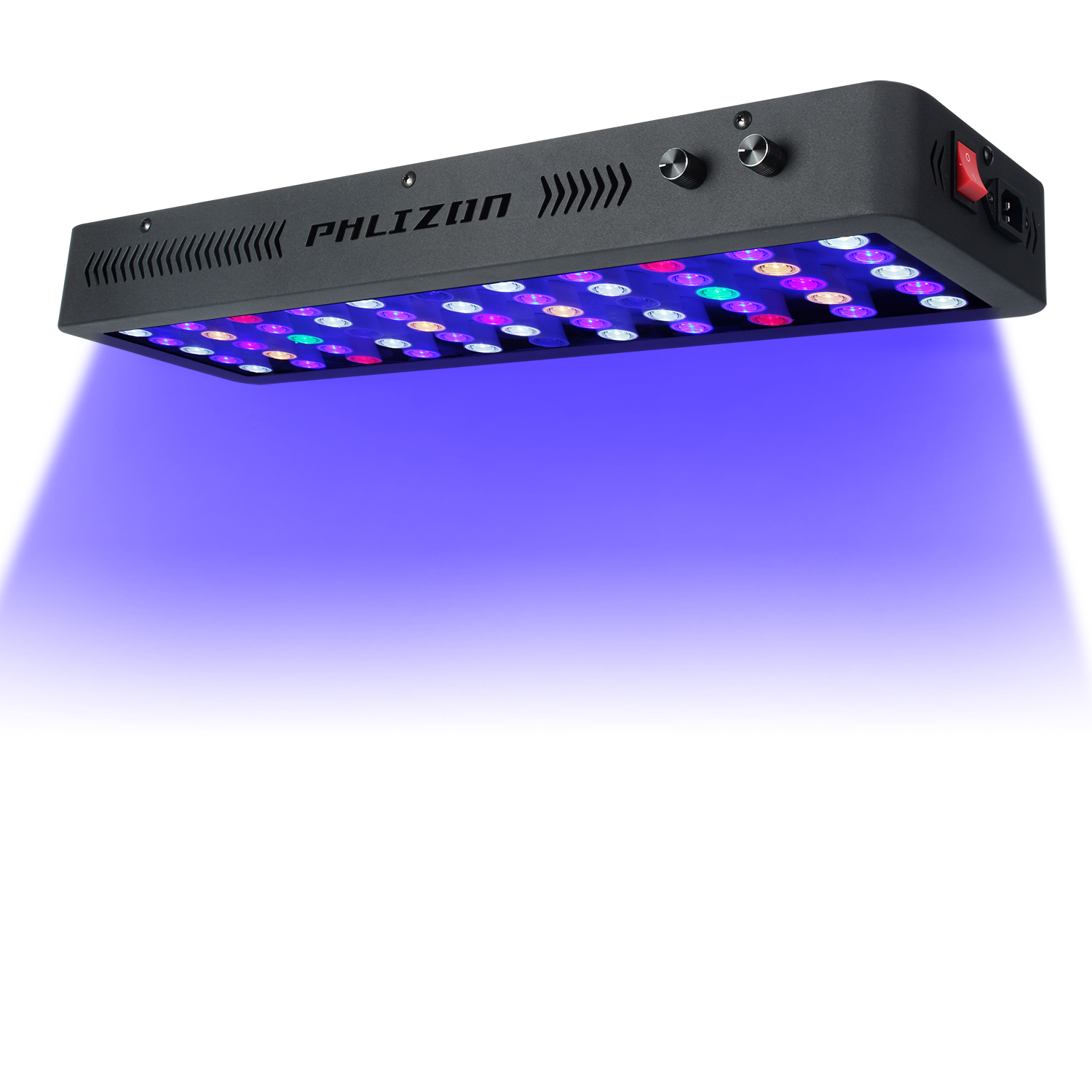
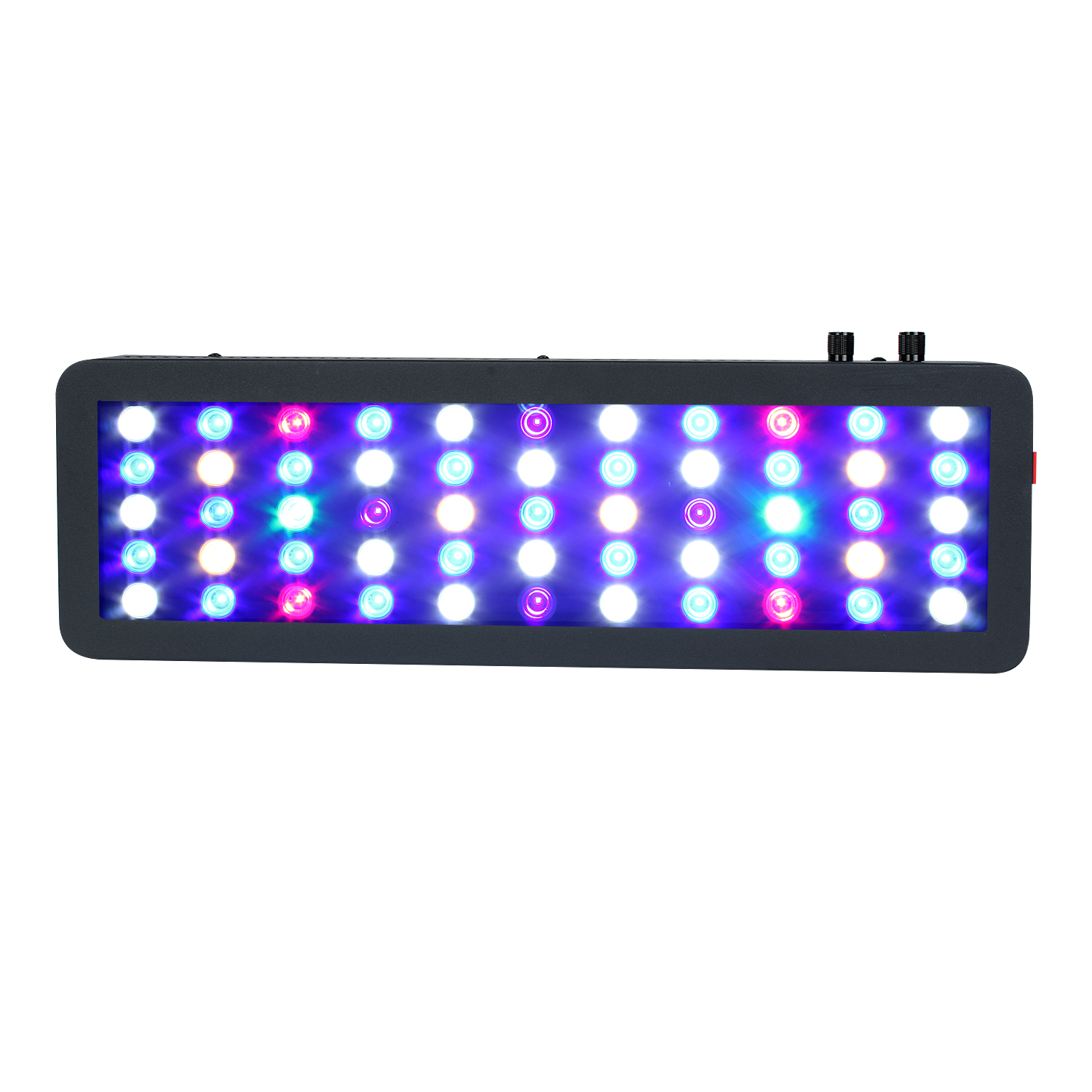
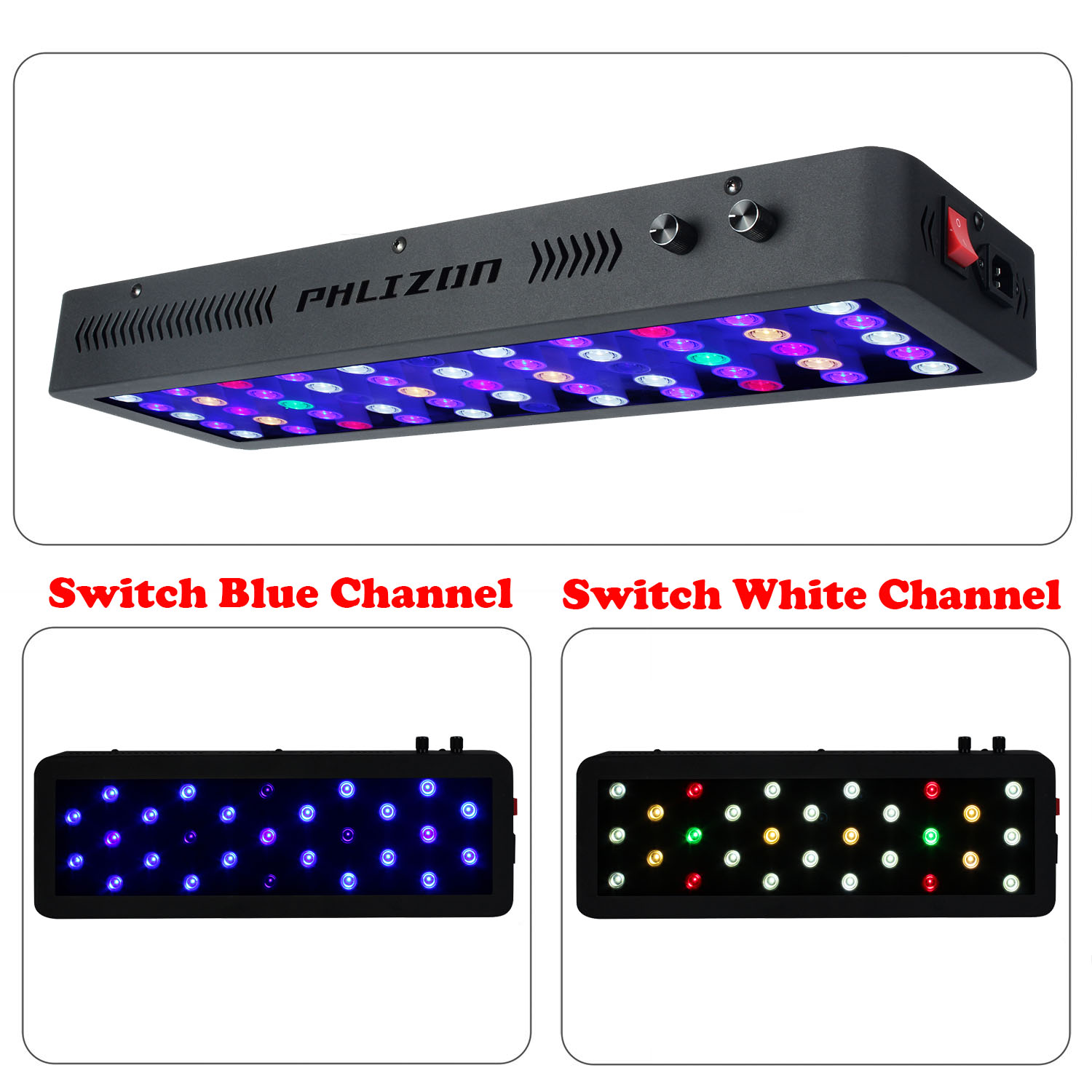
Key Features
1.The lifespan is over 50000 hours,low maintenance costs.
2.Energy conservation,saving over 80% energy than the traditional HPS.
3.High light efficiency,90% of the light will be absorbed by the aquatic plants,while just 8%-10% to the HPS.
4.Build-in cooling system,could solve the heat dissipation excellently.
5.Built-in power supply, CE approved, No setup required, just simpler and safer plugs directly into AC85V-264V, no reflector & ballast needed.
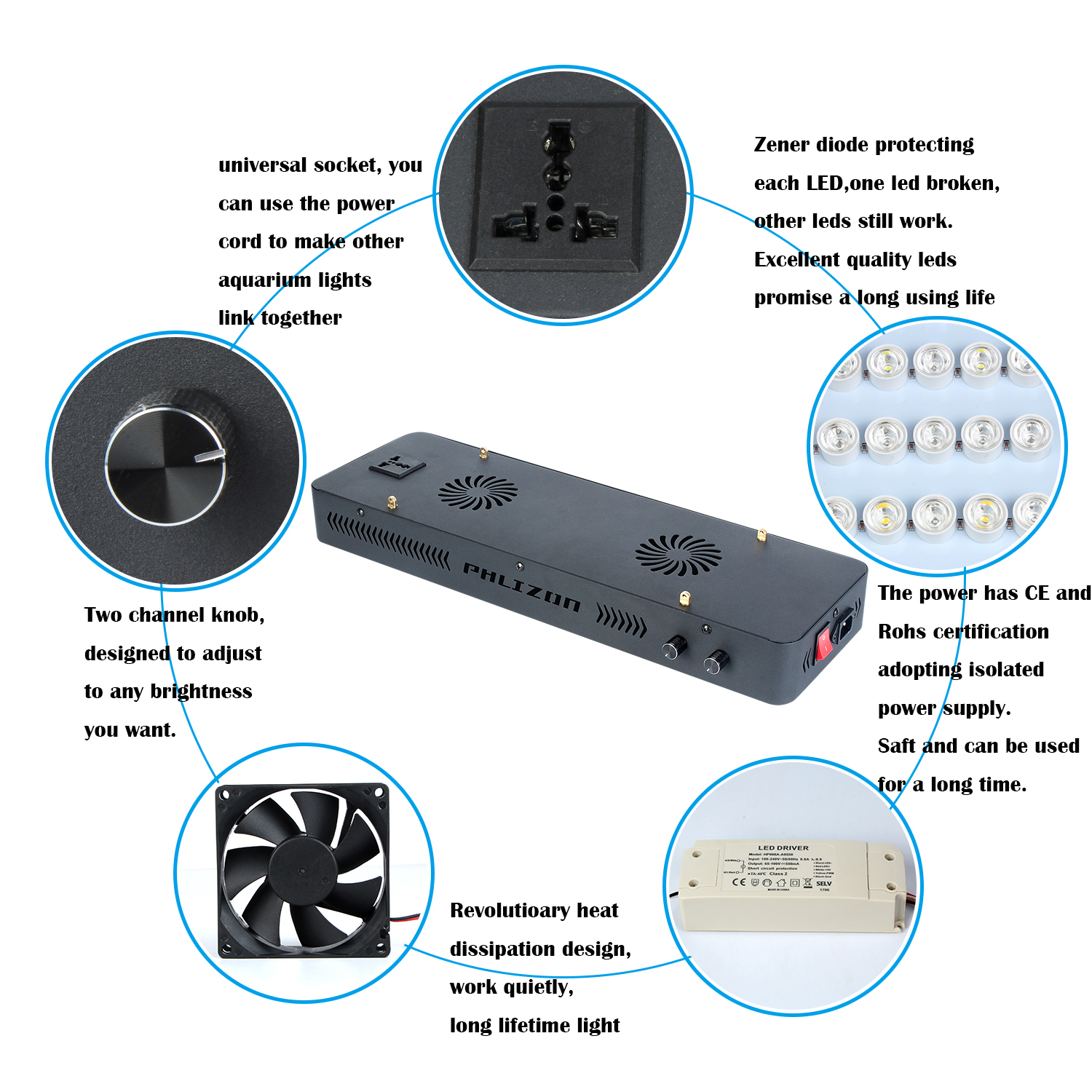
Convenient in using lights at the same time.
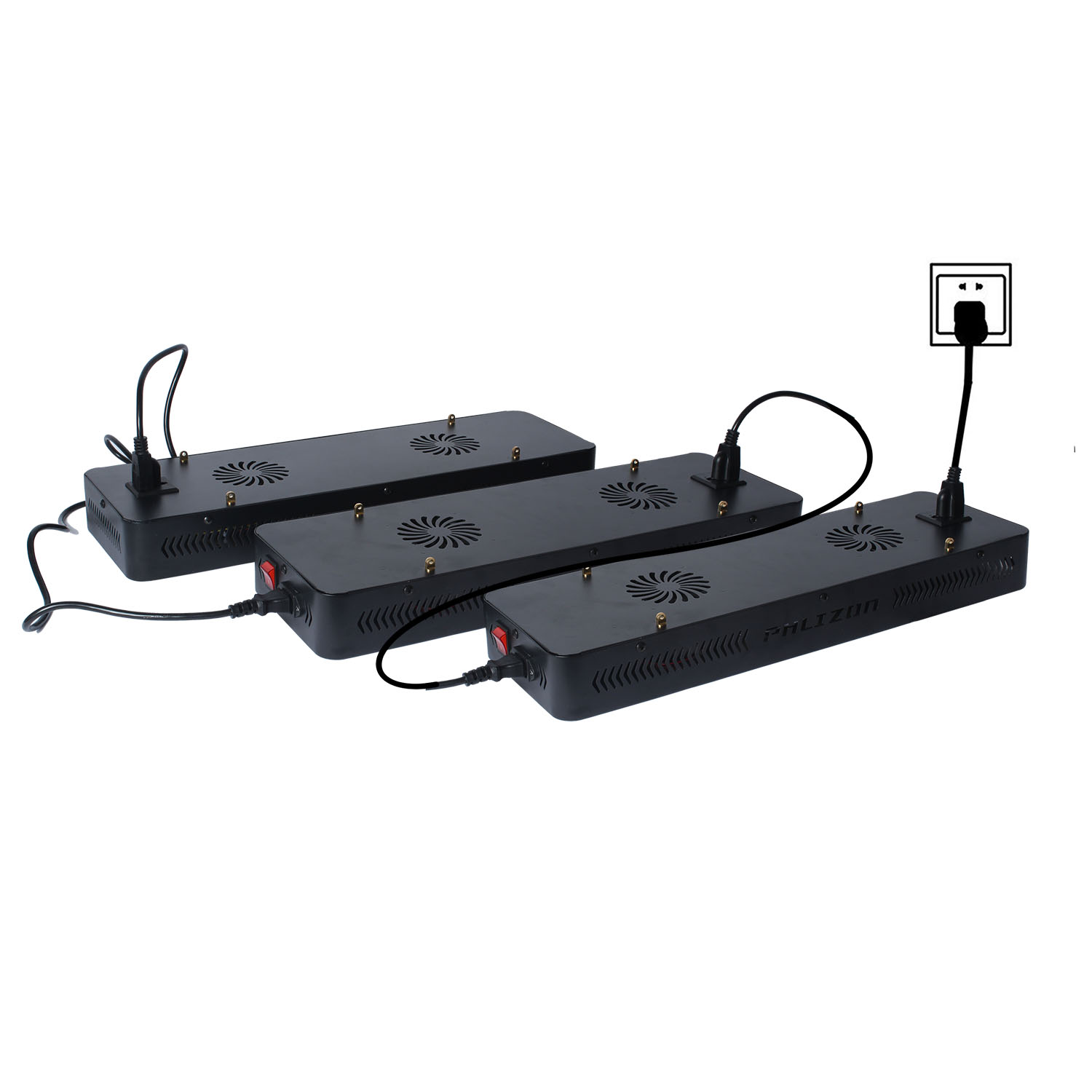
Package Include
1 X Free Hanging Kit
1X Free Power Cord
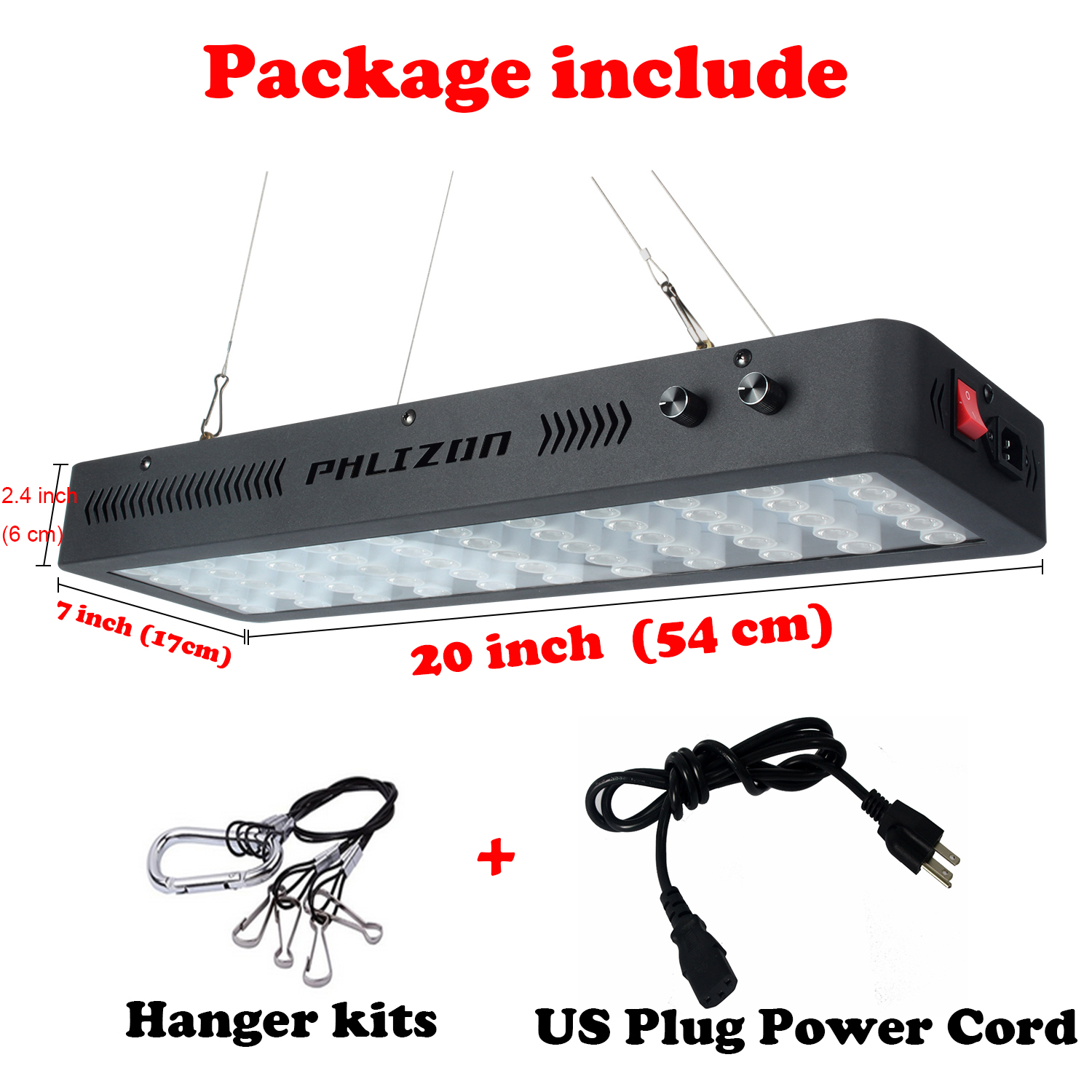
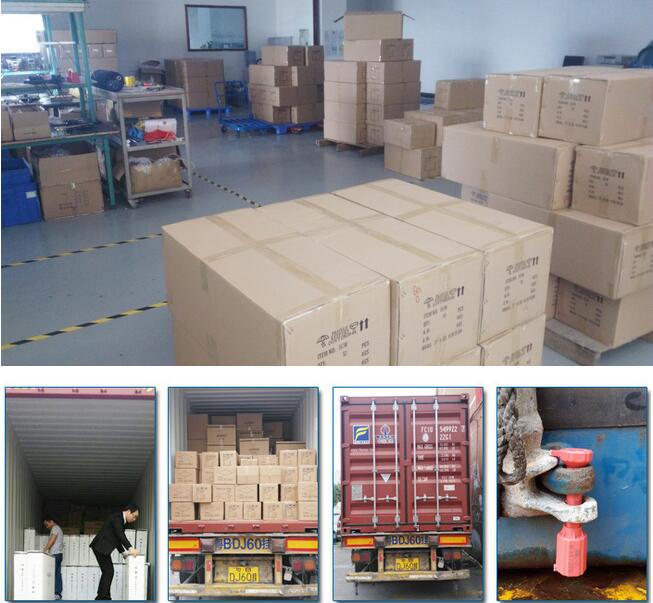
Quality Control systems and after-sales
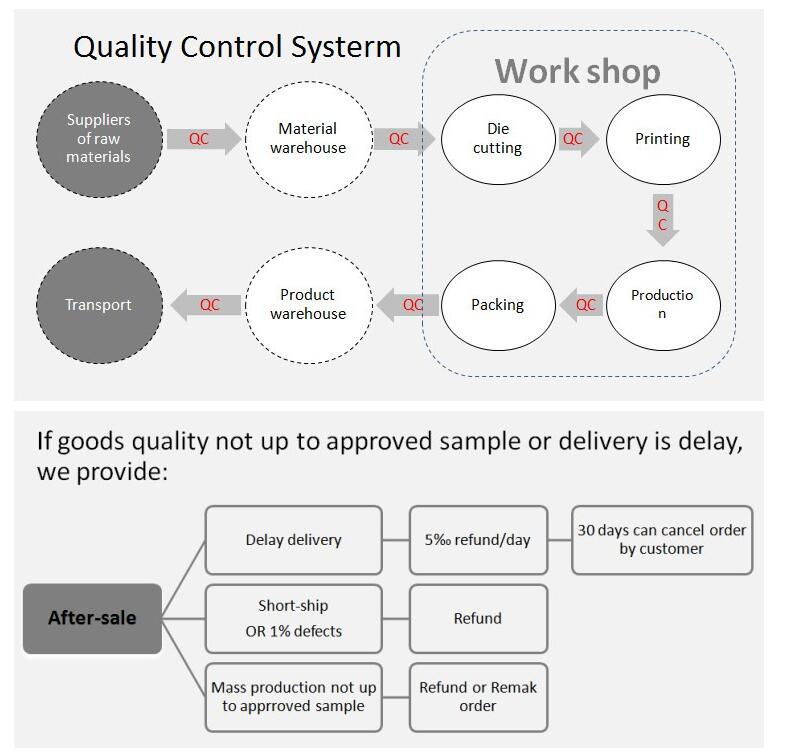
All the lamps have passed strict quality examination and are packed carefully before shipping. In order that our customers get high quality lamps,we attach importance to every details.
Application
1. coral reef lighting,fish tank lighting,coral reef tank lighting
2. aquarium lighting,aquarium art,aquarium shop,aquarim centre
3. fish bowl lighting,fish lighting,freshwater lighting,saltwater lighting
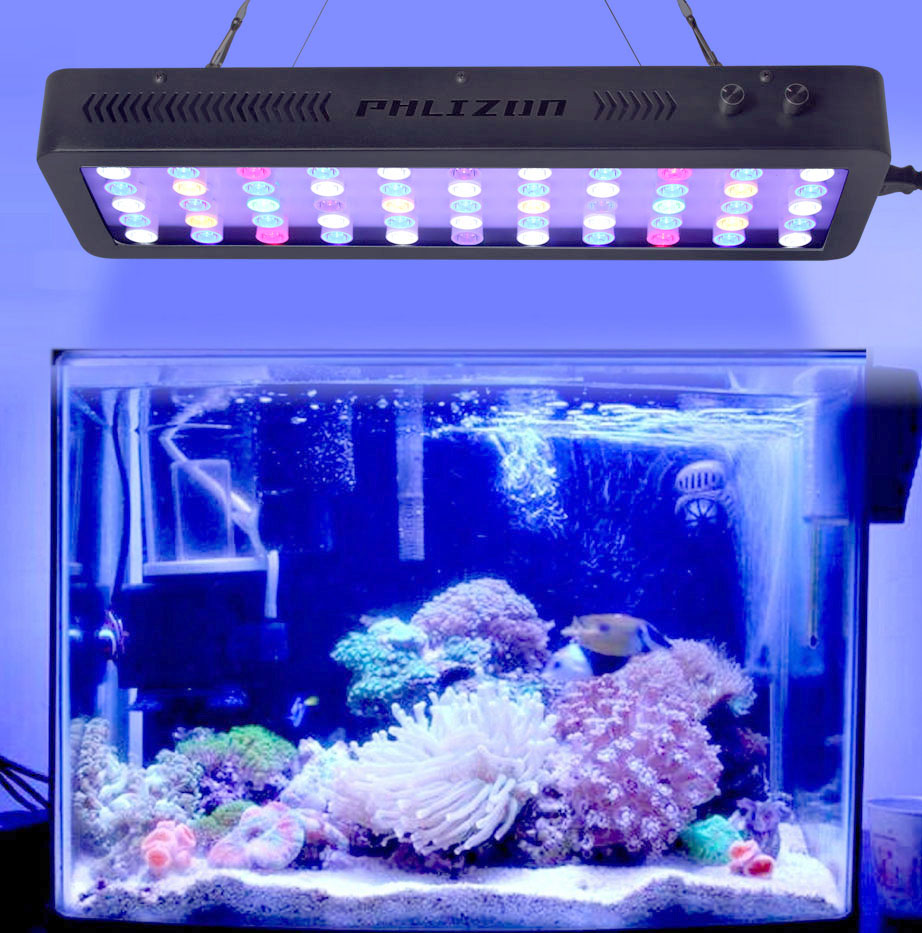
Our Company
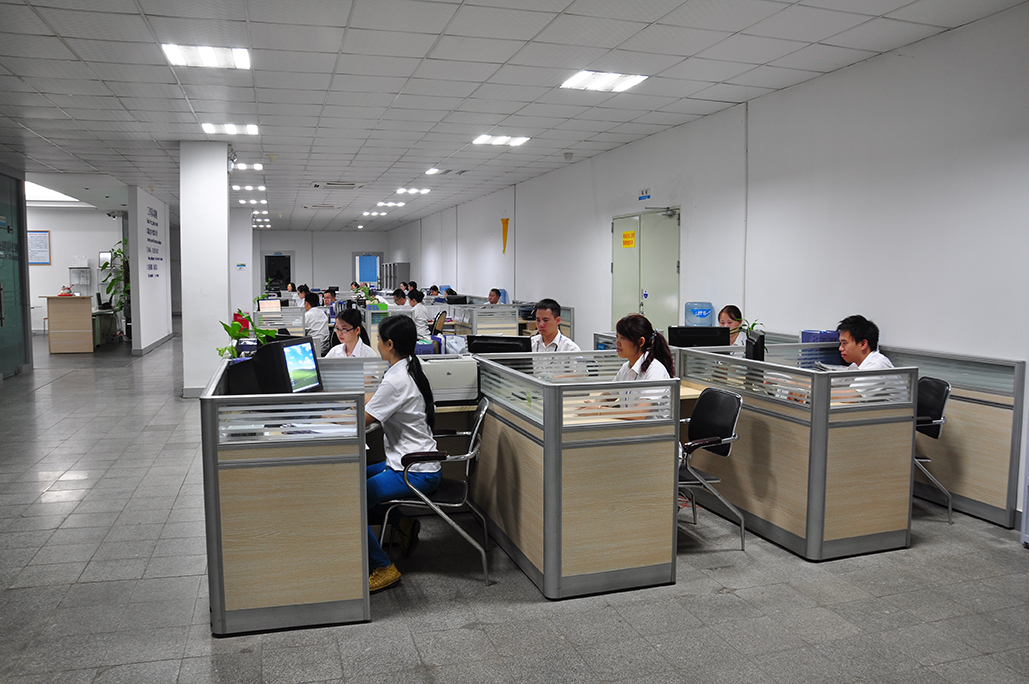
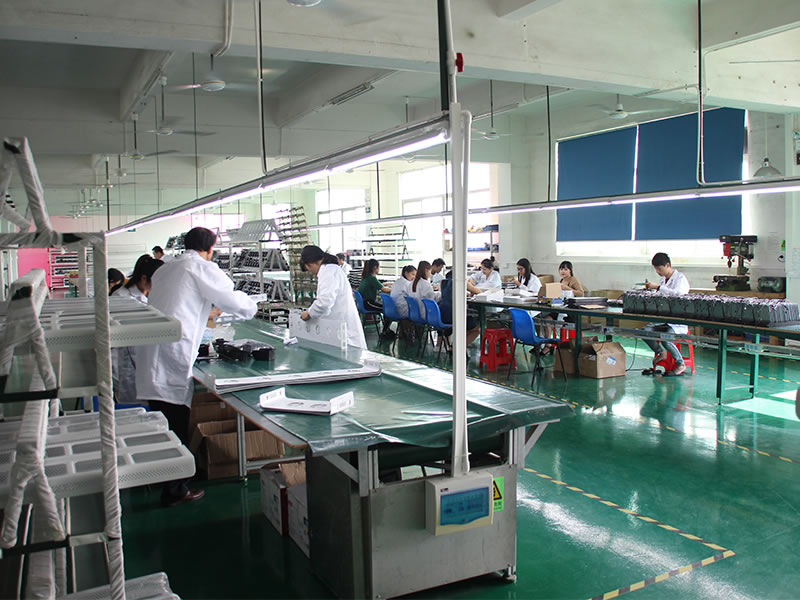
Philizon Advantages
Professional: we are professional LED Grow Lights and LED aquarium light manufactuer here in China,you will get Professional and High quality LED Grow Lights and Led Aquarium Algae from us and get good guarantee.
Cost-effective Price:we don`t have the lowest price,but the Led Aquarium Algae you get from us really cost-effective,good quality & decent price.
Win-win situation:Long term business is our mission,we will provide good Led Aquarium Algae and warming service to build a long-term business relationship with you
24/7 unlimted customer service: we are always here for you for your question,any question just email us or call us,we do our best to help you all the way.
Long term warranty: Don`t worry about the quality and we guarantee you 3years warranty for all the LED Plant Grow Light and coral reef led aquarium light.
Best buying experience: you will get the tiptop serive you have ever had,just have a try and you`ll see.
Trade Terms
Payment: T/T, L/C, Paypal, 30% deposits before production, 70% balance to be paid before deliverying(Western Union are welcome)
Sample will be delivered within 7 working days.
Discounts are offered based on order quanlityes.
MOQ:sample order are acceptable
Delivery ways:DHL,UPS,FedEx,TNT, door to door,by sea,by air,etc.
Our products ranges:
LED plant grow lights for agricultural lighting;
LED aquarium lights for fish tanks,corals,etc;
Warmly welcome to take a visit on our factory at any time and we will pick you up at the airport in Shenzhen.
Led Aquarium Light For Plants,Smart Led Plants Aquarium Light,Smart Plants Aquarium Light,Plants Aquarium Light Led Light
Shenzhen Phlizon Technology Co.,Ltd. , https://www.szledplantgrowlights.com